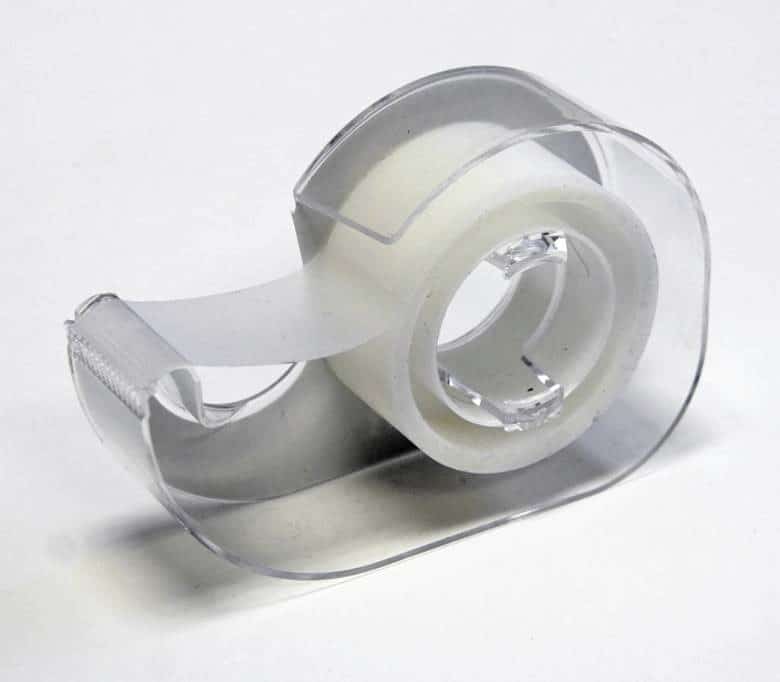The Patent Trial and Appeal Board (PTAB) has reversed the rejection of a patent application, finding that the examiner engaged in improper “picking and choosing” of prior art elements.
Ex parte Eckhardt involved a patent application for a multilayer pressure-sensitive adhesive (PSA) assembly.
Certain claims of the patent were rejected by the patent examiner under 35 U.S.C. § 102(a) as being anticipated by prior art cited as Bartholomew and Zajaczkowski.
35 U.S.C. § 102(a) addresses “novelty” as one of the conditions for patentability. An invention isn’t “novel” if it’s known to the public before the patent application was filed.
As Cornell Law School’s Legal Information Institute explains,
In patent law, anticipation refers to the prior invention or disclosure of the claimed invention by another, or the inventor’s own disclosure of the claimed invention by publication, sale, or offer to sell prior to the inventor’s application for a patent. In other words, if someone else has known about or used the invention before the patent applicant applies for a patent, that patent applicant will not be entitled to a patent.
Anticipation is grounds for invalidating or rejecting a patent because it means that the claimed invention lacks novelty. Patent invalidity based on lack of novelty, or anticipation, requires that the invention was known or used by others before it was invented by the patentee.
The patent applicant in Eckhardt argued that Bartholomew’s disclosure was insufficient to establish anticipation of the compositional components of the claims at issue.
The PTAB noted that
[A]nticipation under § 102 can be found only when the reference discloses exactly what is claimed and that where there are differences between the reference disclosure and the claim, the rejection must be based on § 103 which takes differences into account.
The case involved a range of specifications. For example, one of the claims recited
A multilayer PSA assembly comprising: i. a propylheptyl acrylate adhesive copolymer layer comprising: a) from 50 to 99.5 weight percent of 2-propylheptyl acrylate as a first monomer; b) from 1.0 to 50 weight percent of a second non-polar monomer; c) from 0.1 to 15 weight percent of a third polar acrylate monomer; and d) a tackifying resin in an amount from 3 to 100 parts per 100 parts of the copolymer, wherein the tackifying resin is selected from the group consisting of C5-based hydrocarbon resins, C9-based hydrocarbon resins, C5/C9-based hydrocarbon resins, and any combinations or mixtures thereof; wherein the weight percentages are based on the total weight of the copolymer; …
The PTAB noted that
Bartholomew teaches or suggests all of the components of the claimed multilayer PSA assembly …. Bartholomew further teaches ranges for the amounts of the 2-propylheptyl acrylate, the second non-polar monomer (e.g., isobornylacrylate), and the third polar acrylate monomer (e.g., acrylic acid) that overlap the recited ranges for these components as set out in claims 16, 37 and 38…
The PTAB pointed out that
Where the difference between the claimed invention and the prior art is some range or other variable within the claims, Appellant must show that the particular range is critical, generally by showing that the claimed range achieves unexpected results relative to the prior art range.
Thus, the PTAB reversed the rejection of the patent claims, finding that
The § 102(a) rejections of independent claims 16, 37, and 38 on appeal rely upon picking and choosing from various lists in Bartholomew. A preponderance of the evidence supports Appellant’s position that Bartholomew’s disclosure is insufficient to establish anticipation of the compositional components of independent claims 16, 37, and 38.
Just like the haiku above, we like to keep our posts short and sweet. Hopefully, you found this bite-sized information helpful. If you would like more information, please do not hesitate to contact us here.


